When bird watching from the Newcastle - IJmuiden (Netherlands) ferry, late in the day (18:20 hrs) on March 3 this year, I saw and photographed a Razorbill or Manx Shearwater. It was very far off and already very dark. Location was not far out from Newcastle (perhaps sailing for an hour). Seas were relatively calm with little wind.
Through my binos I thought Manx Shearwater, later after seeing the images I took I thought Razorbill. Now I'm processing the images and I'm not sure.
is it possible to ID this seabird from my tiny, vague and dark images? (I duplicated and enlarged 5 of the images for better viewing. I added these as the last 5, might hurt the eyes less to only watch those last 5...)
Frank
Through my binos I thought Manx Shearwater, later after seeing the images I took I thought Razorbill. Now I'm processing the images and I'm not sure.
is it possible to ID this seabird from my tiny, vague and dark images? (I duplicated and enlarged 5 of the images for better viewing. I added these as the last 5, might hurt the eyes less to only watch those last 5...)
Frank
Attachments
-
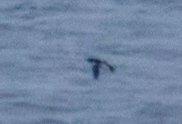 20230303-182014_R6__H3A1908.jpg29 KB · Views: 38
20230303-182014_R6__H3A1908.jpg29 KB · Views: 38 -
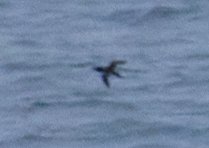 20230303-182015_R6__H3A1920.jpg36 KB · Views: 37
20230303-182015_R6__H3A1920.jpg36 KB · Views: 37 -
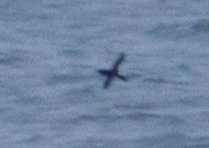 20230303-182015_R6__H3A1921.jpg36.1 KB · Views: 37
20230303-182015_R6__H3A1921.jpg36.1 KB · Views: 37 -
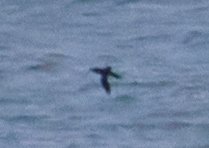 20230303-182015_R6__H3A1922.jpg36.7 KB · Views: 36
20230303-182015_R6__H3A1922.jpg36.7 KB · Views: 36 -
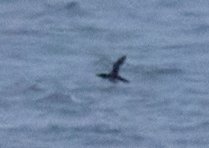 20230303-182016_R6__H3A1933.jpg35.9 KB · Views: 36
20230303-182016_R6__H3A1933.jpg35.9 KB · Views: 36 -
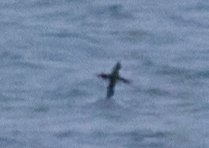 20230303-182016_R6__H3A1934.jpg36.5 KB · Views: 33
20230303-182016_R6__H3A1934.jpg36.5 KB · Views: 33 -
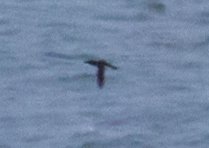 20230303-182016_R6__H3A1939.jpg35.4 KB · Views: 30
20230303-182016_R6__H3A1939.jpg35.4 KB · Views: 30 -
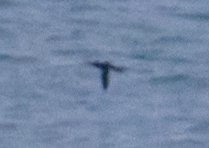 20230303-182016_R6__H3A1941.jpg35.7 KB · Views: 29
20230303-182016_R6__H3A1941.jpg35.7 KB · Views: 29 -
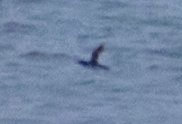 20230303-182016_R6__H3A1942.jpg29.1 KB · Views: 28
20230303-182016_R6__H3A1942.jpg29.1 KB · Views: 28 -
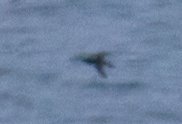 20230303-182017_R6__H3A1946.jpg28.4 KB · Views: 29
20230303-182017_R6__H3A1946.jpg28.4 KB · Views: 29 -
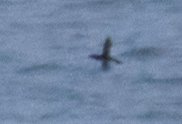 20230303-182017_R6__H3A1947.jpg28.8 KB · Views: 27
20230303-182017_R6__H3A1947.jpg28.8 KB · Views: 27 -
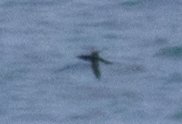 20230303-182017_R6__H3A1948.jpg28.9 KB · Views: 26
20230303-182017_R6__H3A1948.jpg28.9 KB · Views: 26 -
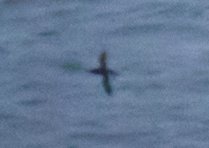 20230303-182018_R6__H3A1955.jpg34.9 KB · Views: 22
20230303-182018_R6__H3A1955.jpg34.9 KB · Views: 22 -
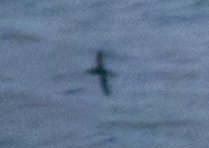 20230303-182018_R6__H3A1956.jpg35 KB · Views: 21
20230303-182018_R6__H3A1956.jpg35 KB · Views: 21 -
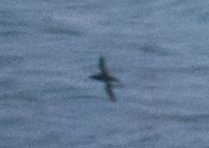 20230303-182018_R6__H3A1957.jpg35.3 KB · Views: 26
20230303-182018_R6__H3A1957.jpg35.3 KB · Views: 26 -
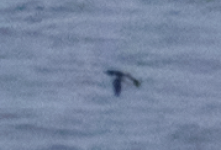 enlarged_1.png158.9 KB · Views: 19
enlarged_1.png158.9 KB · Views: 19 -
 enlarged_2.png178 KB · Views: 21
enlarged_2.png178 KB · Views: 21 -
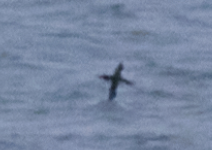 enlarged_3.png239.4 KB · Views: 20
enlarged_3.png239.4 KB · Views: 20 -
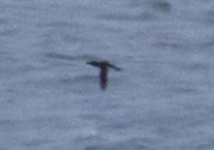 enlarged_4.png240.7 KB · Views: 20
enlarged_4.png240.7 KB · Views: 20 -
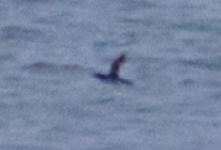 enlarged_5.png172.4 KB · Views: 32
enlarged_5.png172.4 KB · Views: 32
Last edited:





